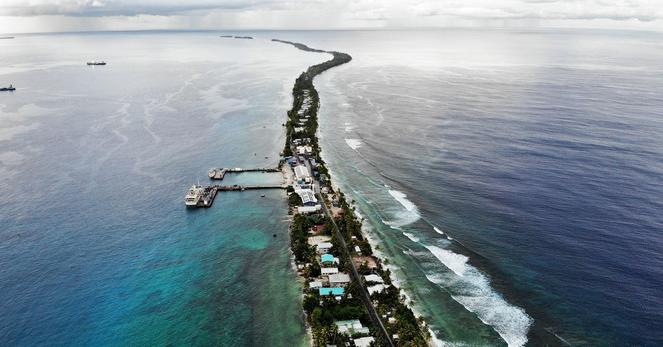The last two females. The last male Northern White rhino, Sudan, is extinct.
#extinction
The extinction crisis of native wildlife and pastoralism
"Australia’s unenviable record on mammal extinctions – the worst in the world – is well known...Europeans introduced cats and foxes that are prodigious native wildlife killers. About 54% of Australia is managed for pastoralism."
https://www.theguardian.com/australia-news/2025/aug/04/one-giant-leap-for-bettongs-released-into-sanctuary-as-wildlife-conservancy-aims-to-operate-on-5-of-australia
#extinction #pastoralism #wildlife #mobility #cats #pets
@la_voix +1
Ne vous limitez pas.
Vous blâmez pour prendre en pitié ainsi vous échouez.
Boycottez l'intégralité sans blâme comme sans pitié pour réussir.
Continuer ou cesser de détruire un monde ensemble, telle est la question.
"In January 2024, a mass mortality event near an overwintering site in Pacific Grove, California, USA, provided an opportunity to analyze dead overwintering monarch butterflies for pesticide residues"
"On average, each monarch butterfly contained seven pesticides"
from Oxford University Press:
https://academic.oup.com/etc/advance-article-abstract/doi/10.1093/etojnl/vgaf163/8177160?login=false
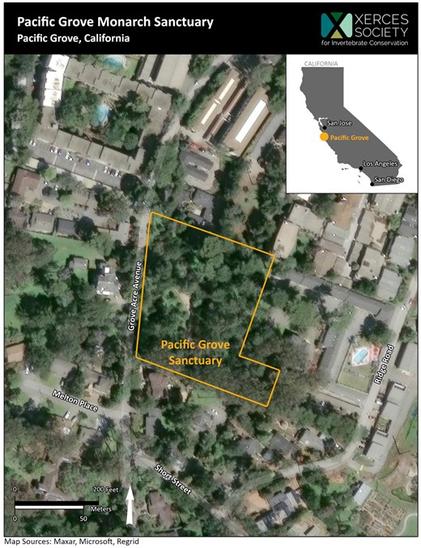
#Climate Propagandas · Stories of #Extinction and Regeneration, by visual artist and propaganda researcher Jonas Staal.
https://we-make-money-not-art.com/climate-propagandas-stories-of-extinction-and-regeneration/
Why #fireflies are everywhere this summer
The bioluminescent bugs of summer still need our help to stave off #extinction
Laura Baisas
Jul 21, 2025
"Parts of #Pennsylvania, #Illinois, and even primarily urban areas like #WashingtonDC and #NewYorkCity have experienced an uptick in this summertime natural wonder. Their yellow, green, or red glow when paired with chirping crickets or cicadas buzzing signals hot and hazy summer days. While there may be as many as 2,400 species of firefly on Earth, these insects have faced years of decline due to increased light pollution, #HabitatLoss, #pesticide use, and #ClimateChange.
"The insects are still in trouble, but this summer’s increased reports are a welcome sight to scientists and citizen scientists alike."
[...]
"Building a firefly habitat in your own backyard or asking community leaders to build some in public greenspace is one way to start. According to Crumbley, Firefly.org, offers numerous resources for how to start. A firefly habitat can be as simple as leaving behind a small pile of leaves after fall cleanups, planting more #NativePlants, or allowing the grass to grow just a little taller. Responsible pest management options, such as reducing pesticide use or finding more environmentally friendly ways to control unwanted bugs like mosquitoes or ticks can also help.
"Fireflies need dark skies to find their mates, so tackling light pollution is another solution.
" 'Each firefly species has a unique pattern and rhythm, but light pollution can disorient fireflies and make it difficult for males and females to find one another,' says Crumbley. “Reducing lights around your yard as much as possible at night can help restore darkness to your outdoor spaces and assist fireflies in their search for mates.'
"Less light pollution can only help fireflies, but other species like moths or even sea turtles, if you live near the beach."
Full article [includes links]:
https://www.popsci.com/environment/why-so-many-fireflies/?utm_source=firefox-newtab-en-us
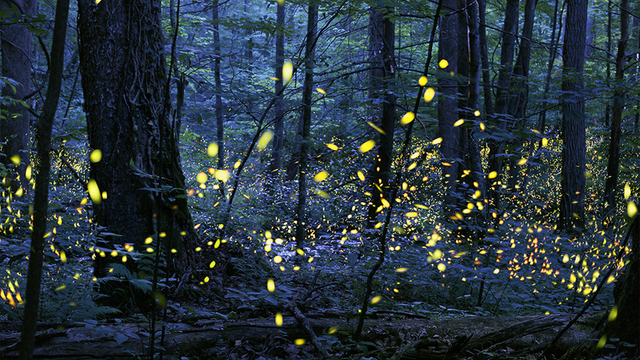
Resilient Brazilian three-banded #armadillos are fascinating real-life #pokemon of #SouthAmerica. They’re vulnerable from #palmoil meat and soy #deforestation in #Brazil. Resist their #extinction! Be #vegan #Boycottpalmoil #Boycott4Wildlife @palmoildetect https://wp.me/pcFhgU-8R9?utm_source=mastodon&utm_medium=Palm+Oil+Detectives&utm_campaign=publer
Did you know @Unilever is only "making a better world" for their investors NOT the planet? Their use of "sustainable" #palmoil destroys #rainforests causing #extinction. Fight back and #BoycottPalmOil #Boycott4Wildlife @palmoildetect.bsky.social https://palmoildetectives.com/2021/02/09/unilever/?utm_source=mastodon&utm_medium=Palm+Oil+Detectives&utm_campaign=publer
"More than 10,000 species on brink of extinction need urgent action: Study"
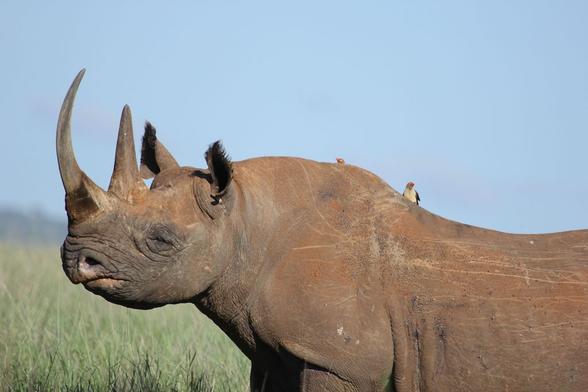
More than 10,000 species on brink of extinction need urgent action: Study https://news.mongabay.com/2025/07/more-than-10000-species-on-brink-of-extinction-need-urgent-action-study/

"This project would slice through the range of the Bathurst #caribou herd which is at a critically low level of about 6,240 animals, down from about 470,000. This project would cause irreversible and detrimental impacts to the herd that is already on the brink of #extinction." https://cabinradio.ca/251369/news/politics/former-mla-dismayed-by-yk-council-vote-supporting-nunavut-road/
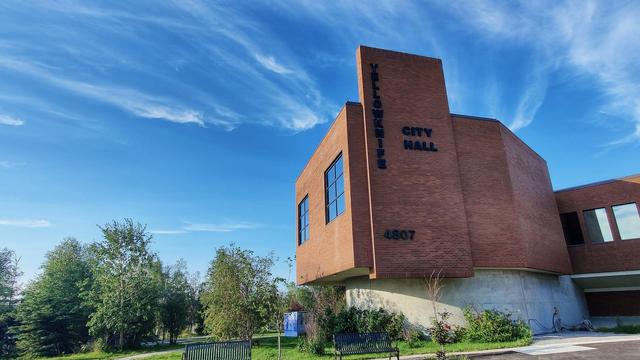
#Research finds tropical #forests matter to us all! They suck out #carbondioxide and ensure we can breathe, drink and eat. Yet they're fast disappearing! Resist #extinction every time you shop, be #vegan #Boycottpalmoil
️ #Boycott4Wildlife https://palmoildetectives.com/2023/08/16/we-tracked-300000-trees-only-to-find-that-rainforests-are-losing-their-power-to-help-humanity/?utm_source=mastodon&utm_medium=Palm+Oil+Detectives&utm_campaign=publer
buhbye firefly?
Are Fireflies Going Extinct? Here Are Six Ways To Make Sure They Survive
#extinction #fireflies #LightningBugs #beetles #insects #conservation https://xerces.org/blog/are-fireflies-going-extinct-here-are-six-ways-to-make-sure-they-survive
Mass extinctions. They're just not what they used to be.
"International Tiger Day 2025: The Ongoing Threats Facing Sumatran Tigers
Tigers (Panthera tigris) are the world’s largest wild cats. Elusive, solitary beings, they are the apex predator in their habitat. They hold deep cultural significance in many regions and communities across Asia.
But their survival hangs by a thread, with all subspecies of tigers in a desperate fight for their future.
The Sumatran tiger – Indonesia’s critically endangered king of the jungle – faces the grim reality of being lost forever. With fewer than 300 left in the wild, time is running out to save it. Sumatran tigers are the last tigers left in Indonesia, with the Balinese and Javanese tigers already extinct."
https://earth.org/international-tiger-day-2025-the-ongoing-threats-facing-sumatran-tigers/
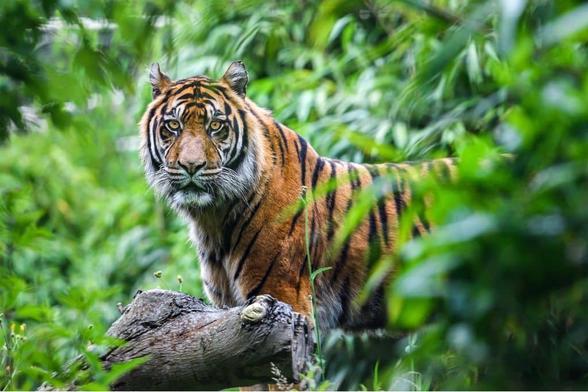
#Texas #prairie #extinction #ClimateChange
"The guerilla campaign to save a Texas prairie from 'silent extinction'
One sunny morning in May, four high school students stood on a flower-dappled prairie in southern Dallas holding shovels. Before them swayed a Texas blazing star, a tall and spindly stalk that erupts in a bottlebrush of purple florets. Max Yan, a senior, made two putts on either side of the imperiled member of the aster family and was beginning to wedge it out when a siren wailed in the distance. He froze, his foot on the blade. There were no fences, no signs warning them off. But the land is, like 97% of the state, private property, and they were, strictly speaking, breaking the law.
'Hopefully that’s not for us,' he said.
The siren faded, and the teens — who attend St. Mark’s School of Texas, an elite, all-boys prep academy on the other side of town — resumed work. They are among the most dedicated members of its prairie club, rising early on weekends to rescue rare plants from bulldozers and move them to restoration sites. Their guerrilla campaign rattles some professional conservationists, but in an era of mounting climate anxiety, it offers a tangible way to make a difference. Not to mention a dose of adrenaline. It is, one said, like 'collecting my Pokémons.'
Coneflower Crest, as the boys call this place, after the dusty pink flowers that bloom here, covers nearly 300 acres of undeveloped land believed by some to be the last large intact prairie in Dallas County. Heavy machinery is expected to crush most of it, making way for hundreds of homes and businesses promised to revitalize a neglected corner of Dallas. The developers tout their project’s walkability and eco-friendliness, with ample open space, water-smart landscaping, and native vegetation. But even the greenest projects come at a cost: The city is trading an ecosystem that naturally mitigates the effects of climate change for still more impervious growth that only exacerbates them.
The trend is accelerating across Texas, where blackland prairie once stretched roughly 12 million acres from the Red River to San Antonio — an area nearly twice the size of Vermont. Eons ago, an ancient inland sea sculpted the state’s limestone geology and enriched its soil, sustaining more than 300 species of indigenous grasses and herbaceous flowering plants like big bluestem, lotus milkvetch, and rattlesnake master that fed bison and pronghorn antelopes.
But since European colonization, agriculture and urban development have swallowed 99.9% of the prairie and continue taking their fill. No more than 5,000 acres are left statewide, and last year, a solar farm claimed most of the largest remnant near the Oklahoma border. In Dallas County, which covers some 908 square miles, more than 300 acres have been scraped away since 2014 to make way for everything from data centers and parking lots to high-rises and warehouses — and even a golf course.
All that concrete increases flooding and emissions, depletes aquifers, and compounds the urban heat island effect — the same problems prairies naturally alleviate, said Norma Fowler, a plant ecologist at the University of Texas at Austin. Long grasses and herbs help the ground soak up rain. Their roots reach a depth of 16 feet, producing humus-rich soil that holds water and releases it slowly. Prairies also cool cities, temper the impact of wildfires, and sequester up to one ton of carbon per acre each year. It’s why biodiversity loss and climate change are inherently linked. 'Everything we do for conservation is also mitigating the bad effects of climate change,' Fowler said. 'If we want to save the planet, it’s not either-or. It’s both-and.'"
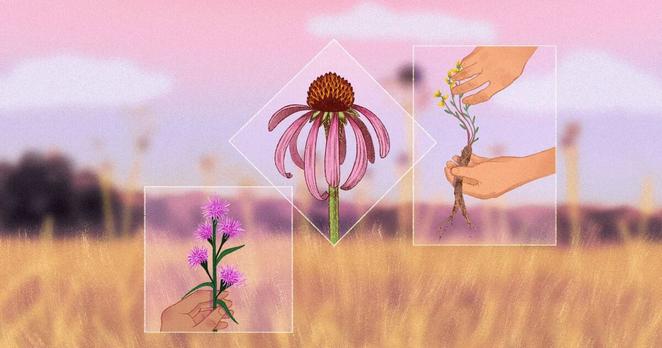
"The Falkland Islands Wolf: The Tragic Tale Of The First Known Canid Humans Drove To Extinction
These wolves appeared curious and tame – and humans took advantage.
If people were to know anything about the animals of the Falkland Islands, it’d be likely to be the fact that there are a lot of sheep – but there never used to be. Before the arrival of European settlers in the late 1700s, there was only one land mammal native to these isles. Only a little over 100 years later, it was gone.
(. . .)
While some wolves had been transported to London Zoo prior to this point, they later died, and there’s no report that they ever successfully reproduced while in captivity. The Falkland Islands wolf was gone, forever.
It’s just one of at least 680 species estimated to have been driven to extinction by humans since the 16th century, with entire branches of the tree of life having been wiped out. The actual number could be even greater, with some even suggesting that human action is driving a sixth mass extinction."
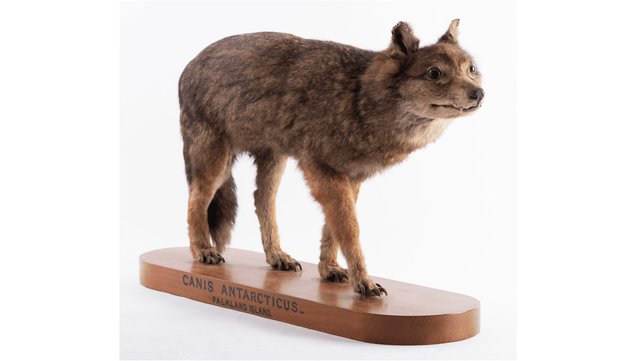
JohnsonAndJohnson @JNJNews use "sustainable" #palmoil yet they continue with mass #deforestation #extinction for #palmoil
️. Say no to their #greed and #greenwashing! When you shop #BoycottPalmOil #Boycott4Wildlife @palmoildetect.bsky.social https://palmoildetectives.com/2021/02/09/johnson-johnson/?utm_source=mastodon&utm_medium=Palm+Oil+Detectives&utm_campaign=publer
“It is only with the heart that one can see rightly; what is essential is invisible to the eye.” ― Antoine de Saint-Exupéry, The Little Prince


